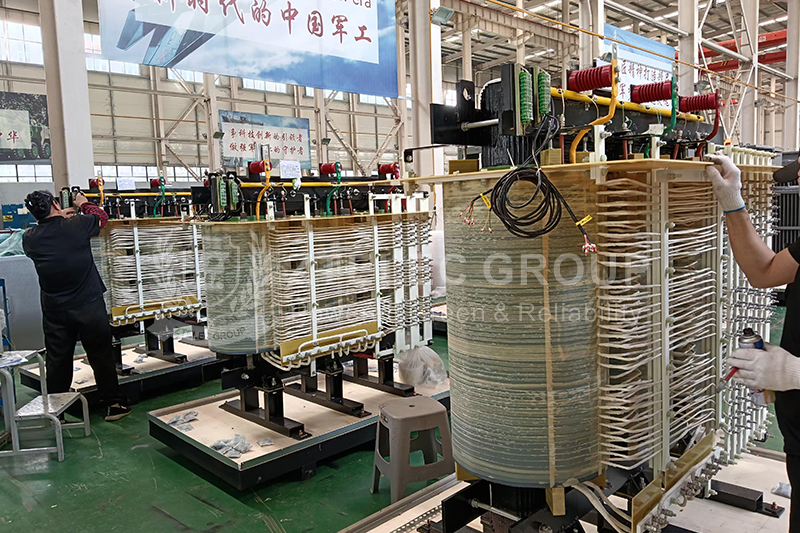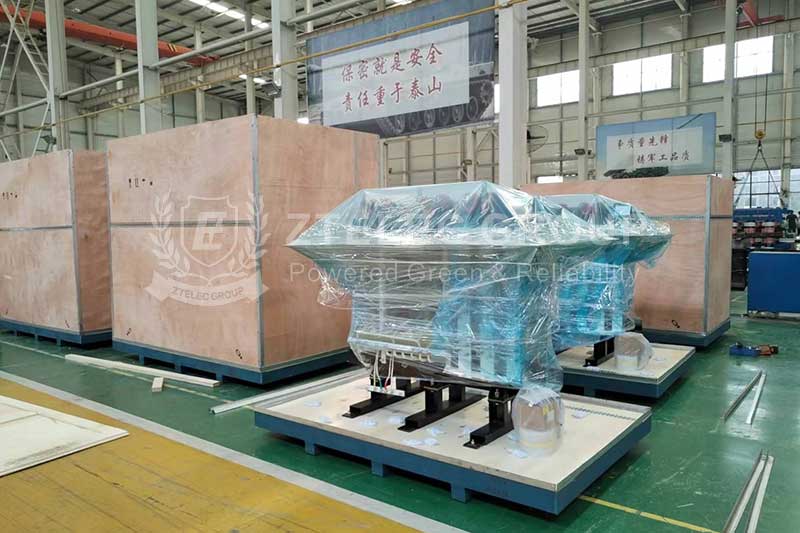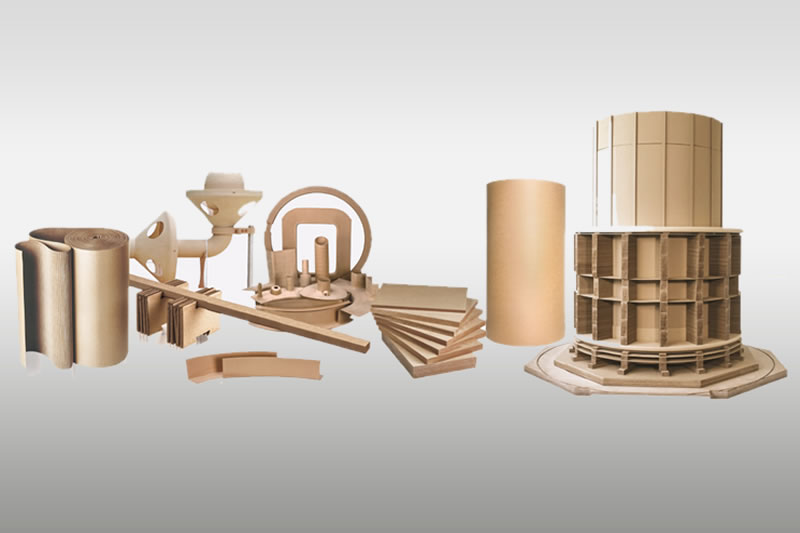The differences between dry-type transformers and oil-immersed transformers.
2024-09-09 15:54 | By: ZTELEC-www.ztelecgroup.com | 161click
The differences between dry-type transformers and oil-immersed transformers lie in their structure, working principles, and applications.
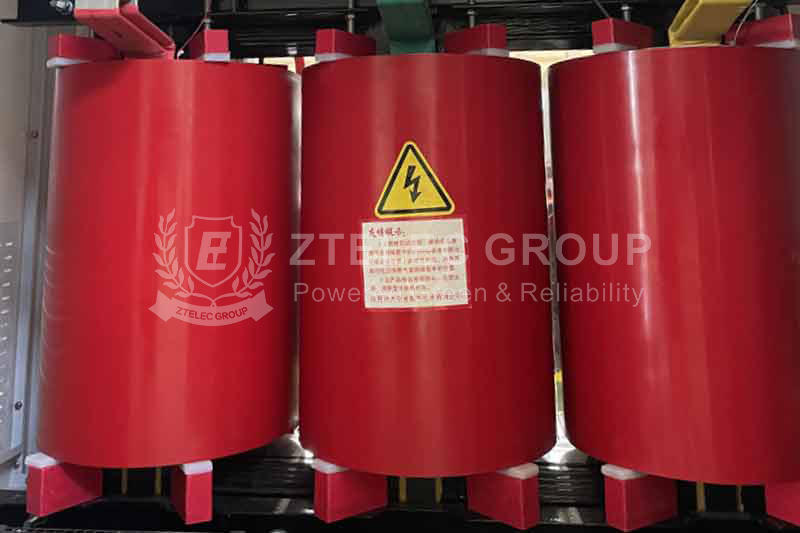
Dry-type transformers use dry solid insulation materials such as paperboard and resin inside, eliminating the need for oil immersion. On the other hand, oil-immersed transformers have their windings immersed in insulating oil to enhance insulation performance.
In terms of maintenance, dry-type transformers do not require regular oil changes, making maintenance relatively simple and suitable for environments with strict fire safety requirements like offices and hospitals. Oil-immersed transformers, on the other hand, need periodic inspection and oil replacement, leading to higher maintenance costs, but they are advantageous for large industrial facilities.
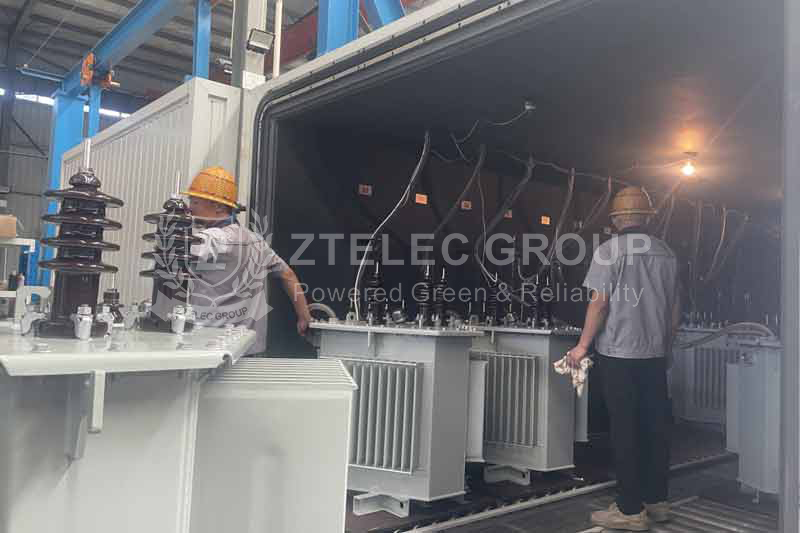
Safety-wise, dry-type transformers have an edge as they do not use insulating oil, reducing the risk of leaks or fires, making them suitable for high safety requirement locations. In contrast, oil-immersed transformers are typically used in larger industrial settings, such as substations, but require careful consideration of maintenance costs and safety.
Understanding these differences can help in selecting the appropriate transformer type based on specific needs and application environments, ensuring safe and stable operation of equipment. When choosing a transformer, factors such as technical specifications, performance, maintenance costs, safety, and environmental requirements should all be taken into account to achieve optimal power transmission efficiency.
tags:insulation failure transformertransformer short circuittransformer overheatingtransformer overloadtransformer maintenance
- more+releated article
- 2026-01-04Common Power Transformer Faults: Causes, Solut
- 2025-12-312026 New Year Holiday Notice
- 2025-12-31Operation, Maintenance, and Service Life Manag
- 2025-12-30How to Select a 100 kVA–500 kVA Distribution
- 2025-12-29The Impact of NHN NMN Composite Insulation on
- 2025-12-26Practical Application of GPO-3 Insulation Boar
- 2025-12-2510kV Transformer Replacement Timeline: Install
- 2025-12-25Low Smoke EN45545 GPO3 UPGM203 Laminated Board
- 2025-12-24Merry Christmas — ZTelecgroup Christmas Cele
- 2025-12-24How to Select a Suitable 50kVA–500kVA Distri

